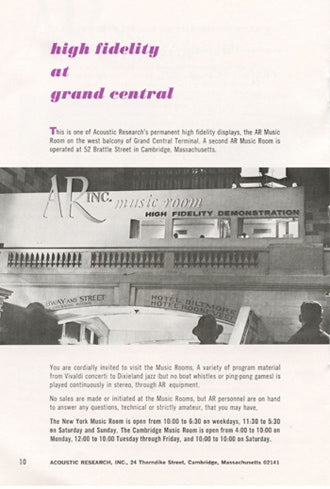Gentrification. Some view it as imperialism incarnate, a way for big companies to force out long-established, historically-important businesses and create yet another outlet for their overpriced, overhyped goods. Cynics and pragmatists—like me— tend to simply view some of it as inevitable, and the way of the world. Oh, well.
Sad? Sure. Disgusting? Often. …And your point?
Do we need another Starbucks, Sephora, or Urban Outfitter? Oh, HELL no. But without consistent long-range planning—and what city has that??— most cities simply yield to opportunities to cash in with new developments. While it lasts, it’s a gold mine for builders, contractors, plenty of folks. The fact that local history, heritage and cultures are disappearing in front of our eyes is generally swept aside.
Yes, I’m thinking of you, New York City. Here’s a city that bans Big Gulps but does little to protect or preserve historic districts. It is a little crazy-making.
As the infestation of hipsters and tech money spreads through cities like New York and San Francisco, what happens to the outposts of our obsession…audio dealers?
Back in the “Greed is Good” days, the Masters of the Universe were known to spend their 6- or 7-figure annual bonuses at NYC audio salons such as Sound by Singer. Time went on, Wall Street tanked, and Andy lost his lease. That event, back in 2010, could be viewed as the falling of the first domino. (Andy is still around, with a smaller facility and limited hours. But still.)
Now that the Wall Streeters are back making major money again, big-bling stereos have lost ground to better apartments, Maseratis, Patek Philippes, whatever. There are no doubt big toys being bought, just not stereos, for the most part. Every dealer I know of around the city says business is “okay”—nothing more.
And meanwhile, the costs of retail space continue to soar. During the last year, Joshua Cohn’s Ears Nova closed due to a lost lease. Dave Wasserman, longtime owner of Stereo Exchange, one of the city’s largest and oldest dealers, confirmed that they will be closing their retail space and transitioning to another structure, which will be announced soon. Alumni of Stereo Exchange include speaker manufacturer John DeVore and the late Stereophile reviewer, Wes Phillips.
Wasserman noted, “it’s crazy for all of us in the city. There’s going to be nothing left but drugstores and banks.”
In spite of equally-insane rents, San Francisco has opened several new high-end dealerships in recent years. In addition to veteran dealers Music Lovers Audio, new guys Audio Vision and Elite Audio Systems have appeared. Audio Vision made it past some start-up bumps caused by smash-and-grab break-ins, and has become an established, respected retailer. Elite has taken rather a different tack from most audio retailers: the front of the store is a coffee bar. That ensures steady traffic, adds to the bottom line, and helps get the audio products in front of potential customers who might not otherwise come into the store. Other dealers might consider similar tactics, especially in high-cost markets.
Guess who occupies a similar spot now?
Perhaps audio can still be done in high-rent markets; it may just require a more modest scale than was done in giant stores like Stereo Exchange. I have no idea what an average high-end audio store does, in terms of $ amount of sales per square foot. As a general rule, $300/square foot per year is considered acceptable for retail; shopping mall locations in the US average $341. According to stats compiled by eMarketer and published recently in Time, Apple stores average an astounding $5,546 per square foot. The average Apple store is over 8,000 square feet–so per-store sales average right around $50,000,000. In ONE STORE.
The next strongest retailer, Tiffany, does just under $3,000/square foot. This proves once and for all that Apple products are more precious than gold…or diamonds. ;->
So: where do audio retailers go when they’re priced out of the rental market? Right now, I don’t have any brilliant solutions.
I invite your ideas, and we’ll revisit this topic again in the future.



